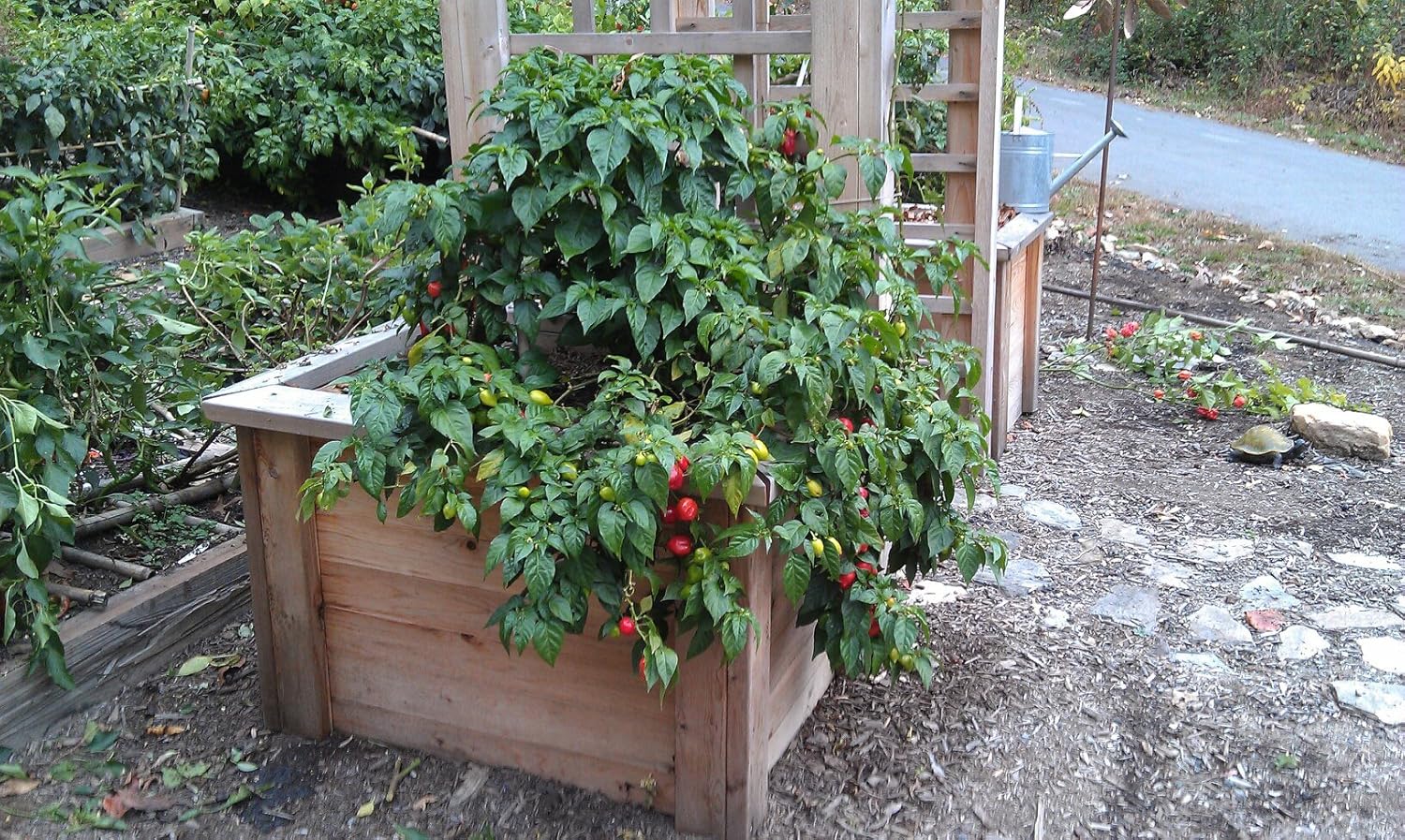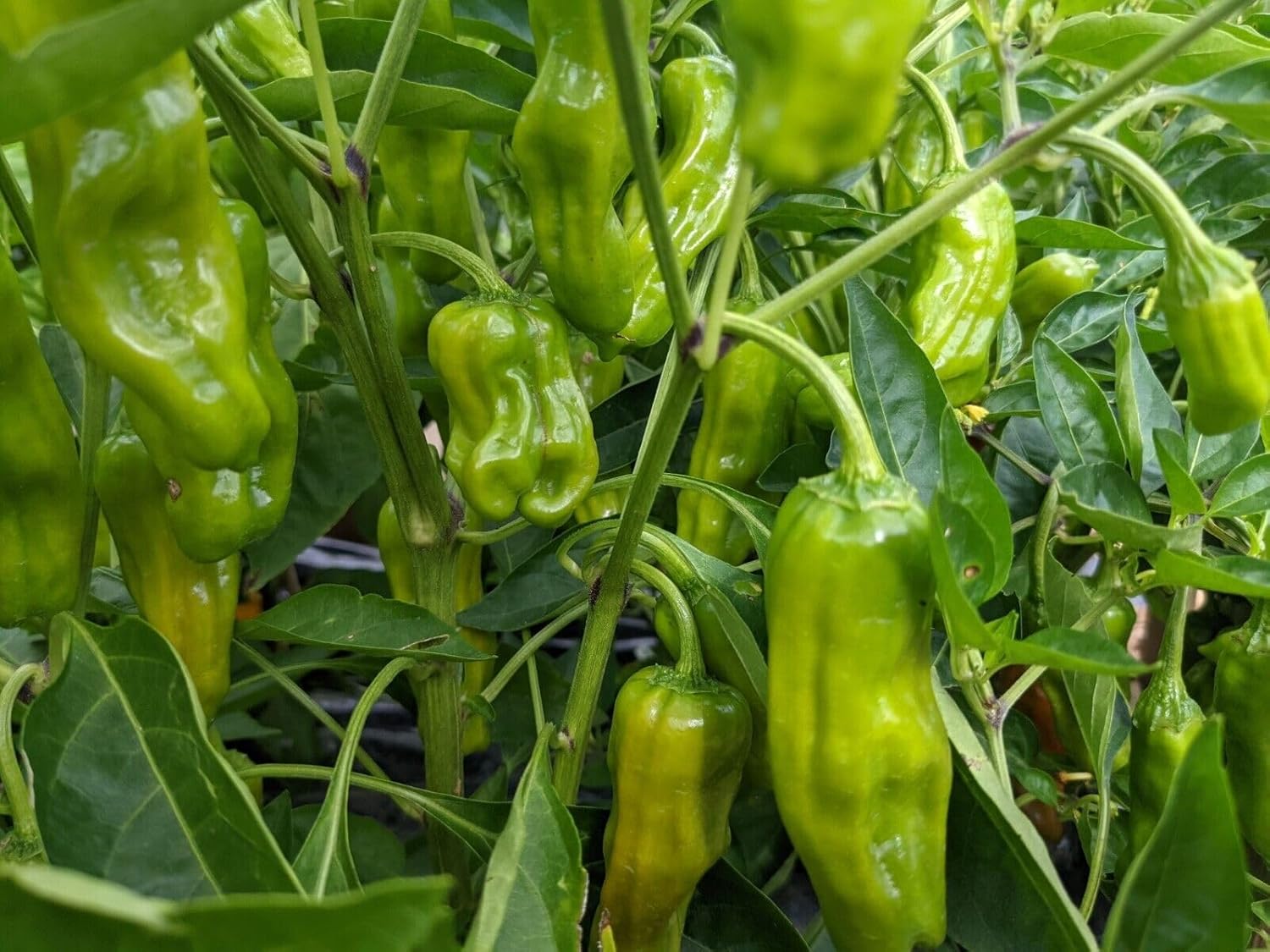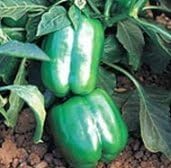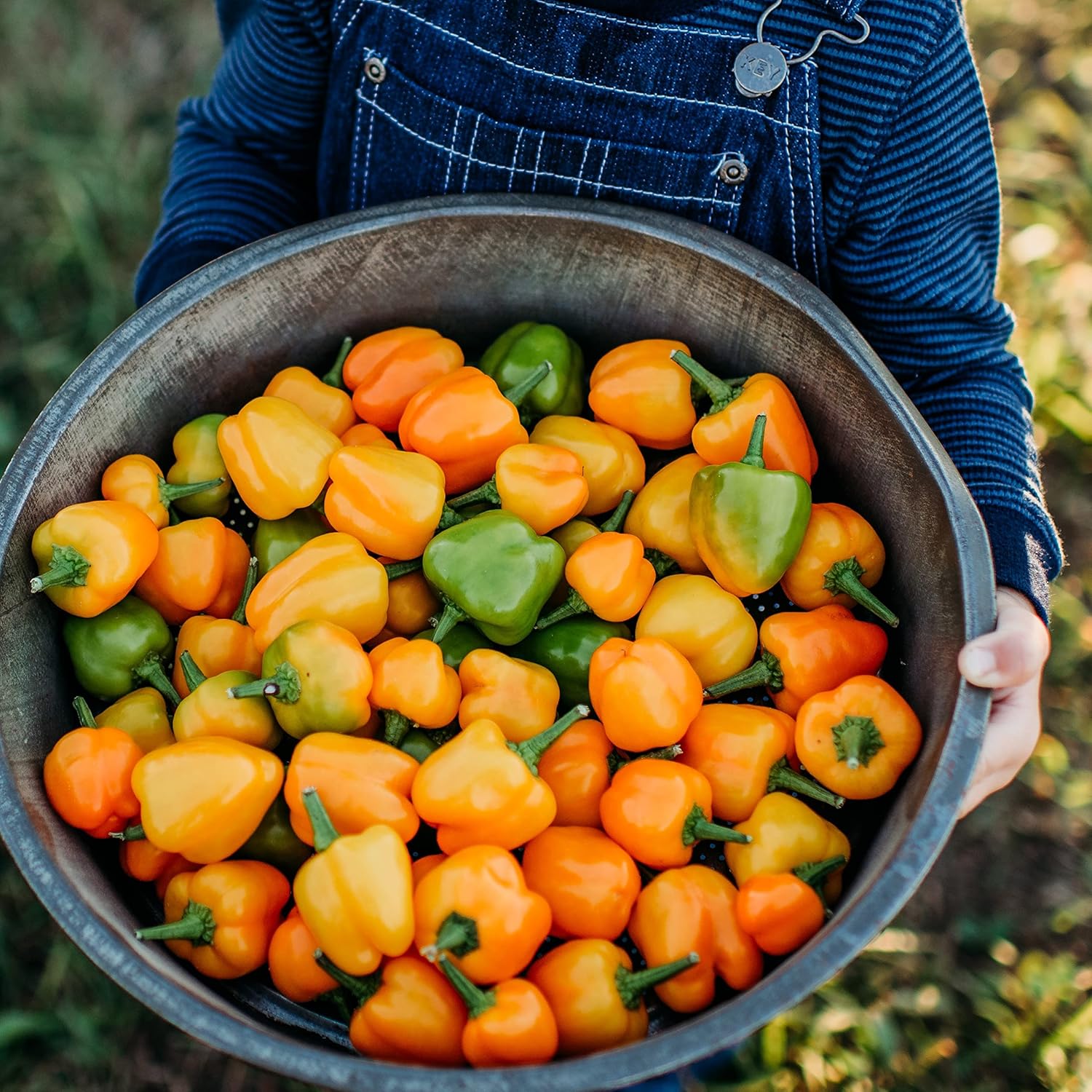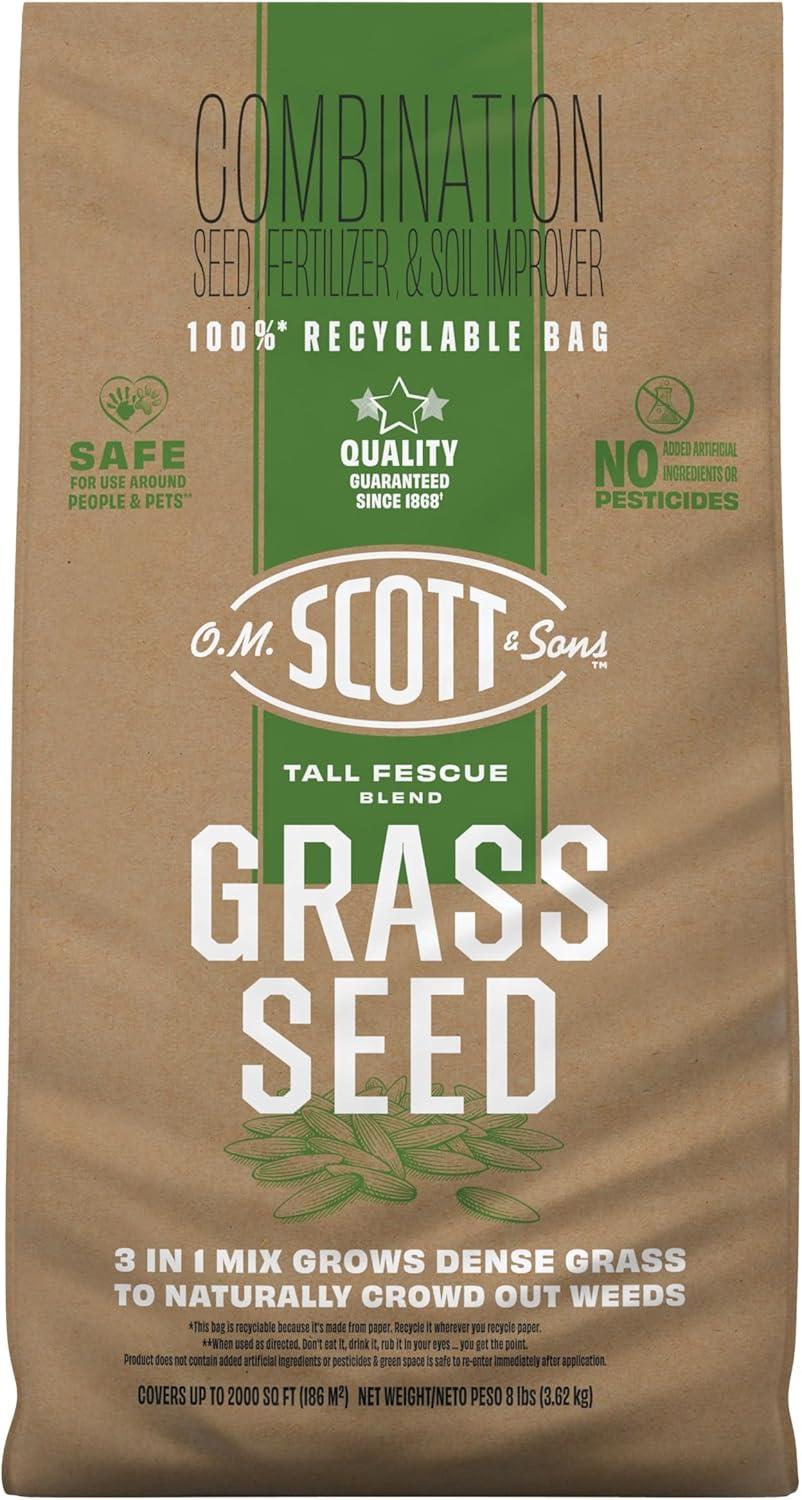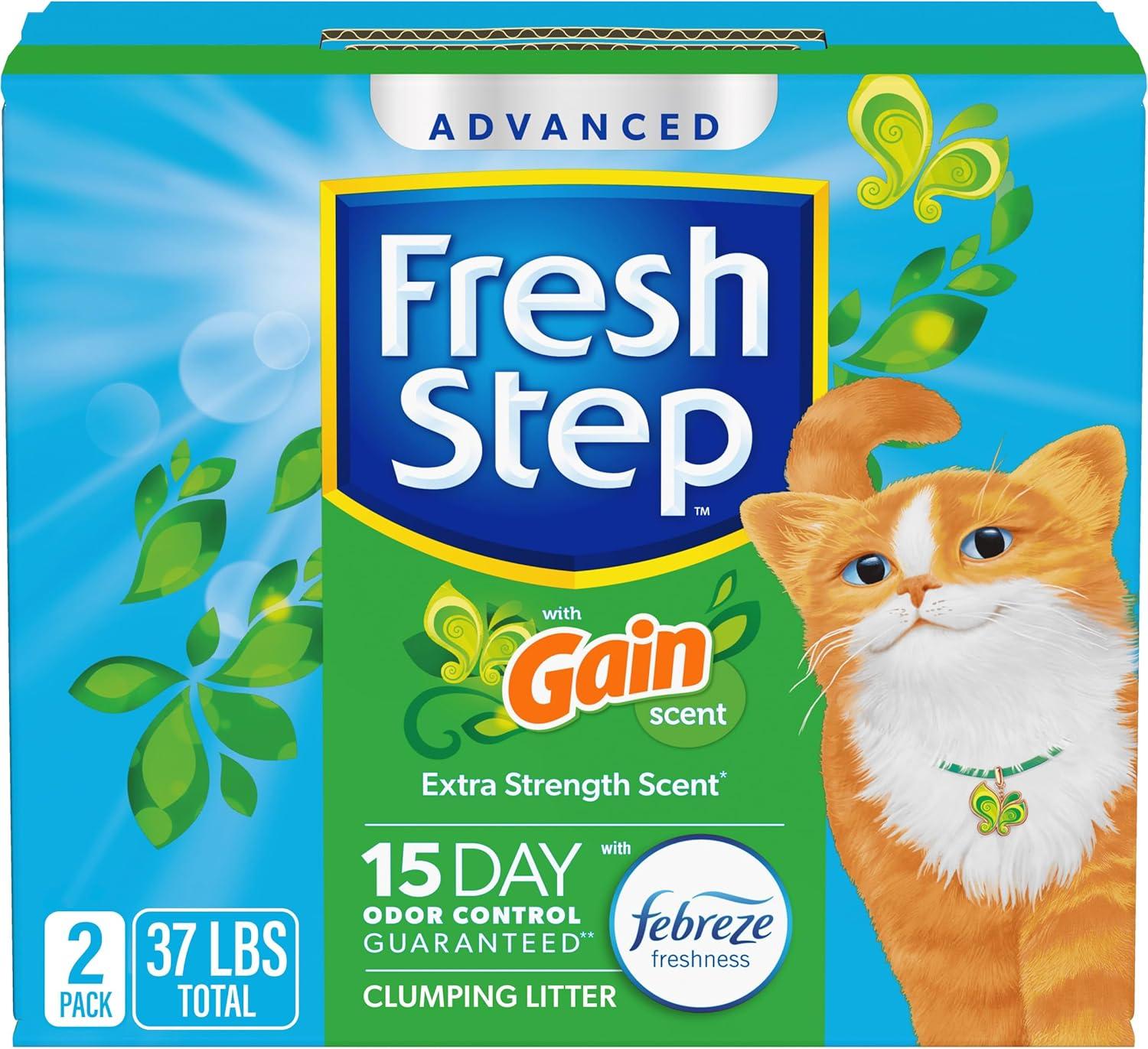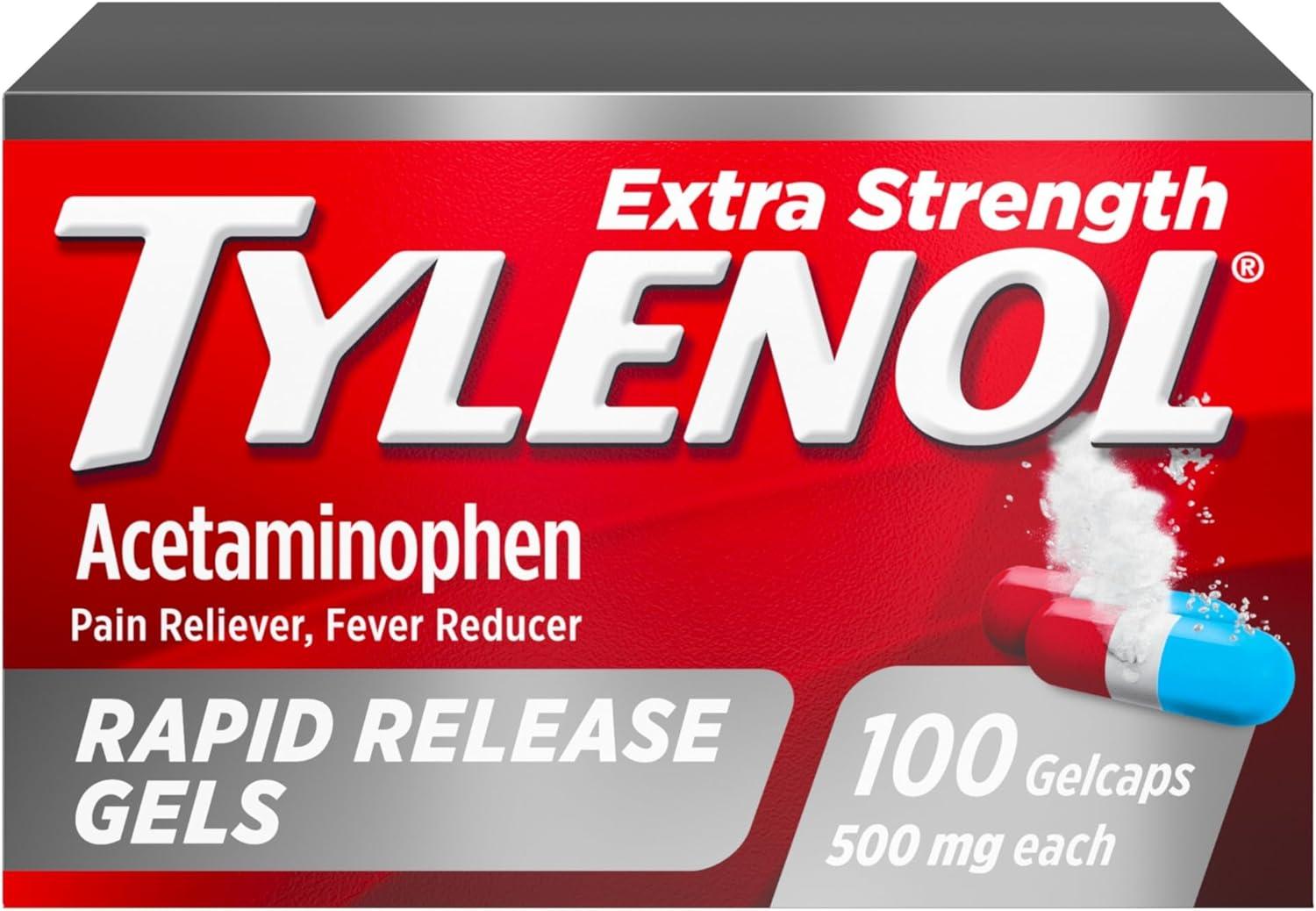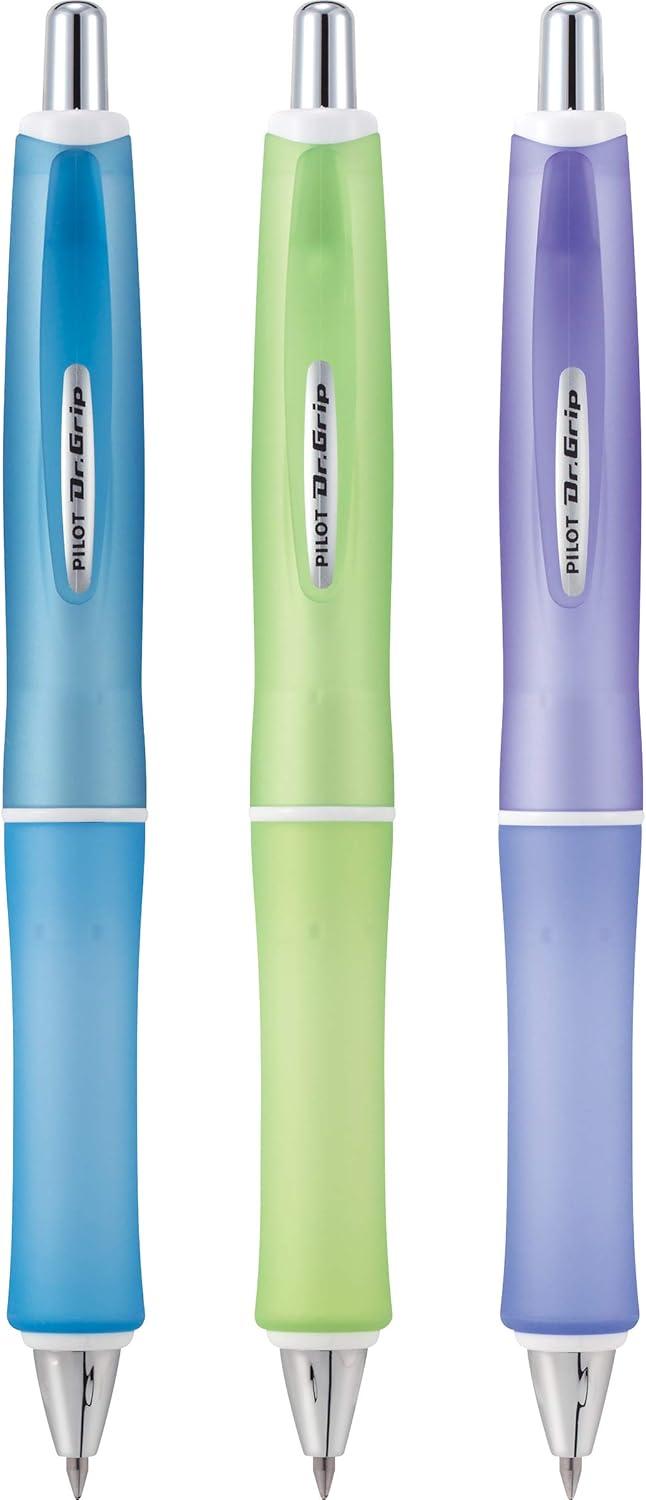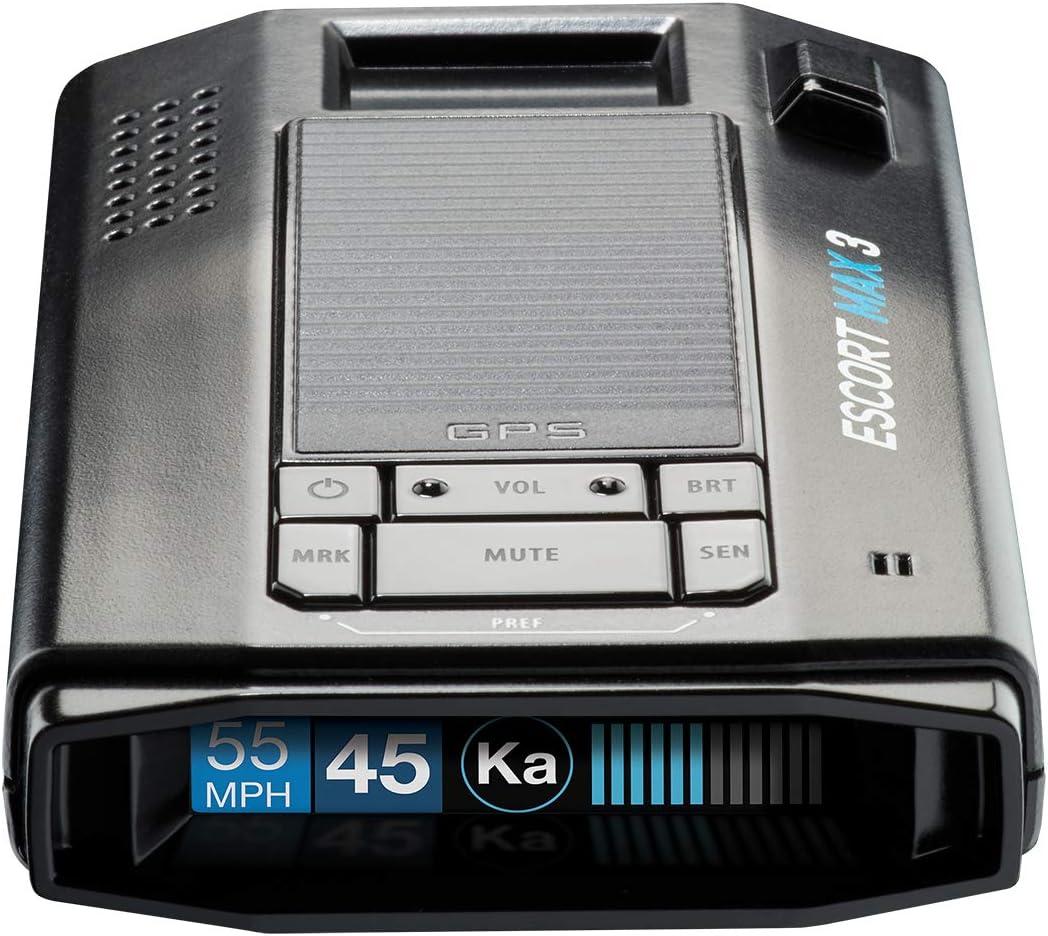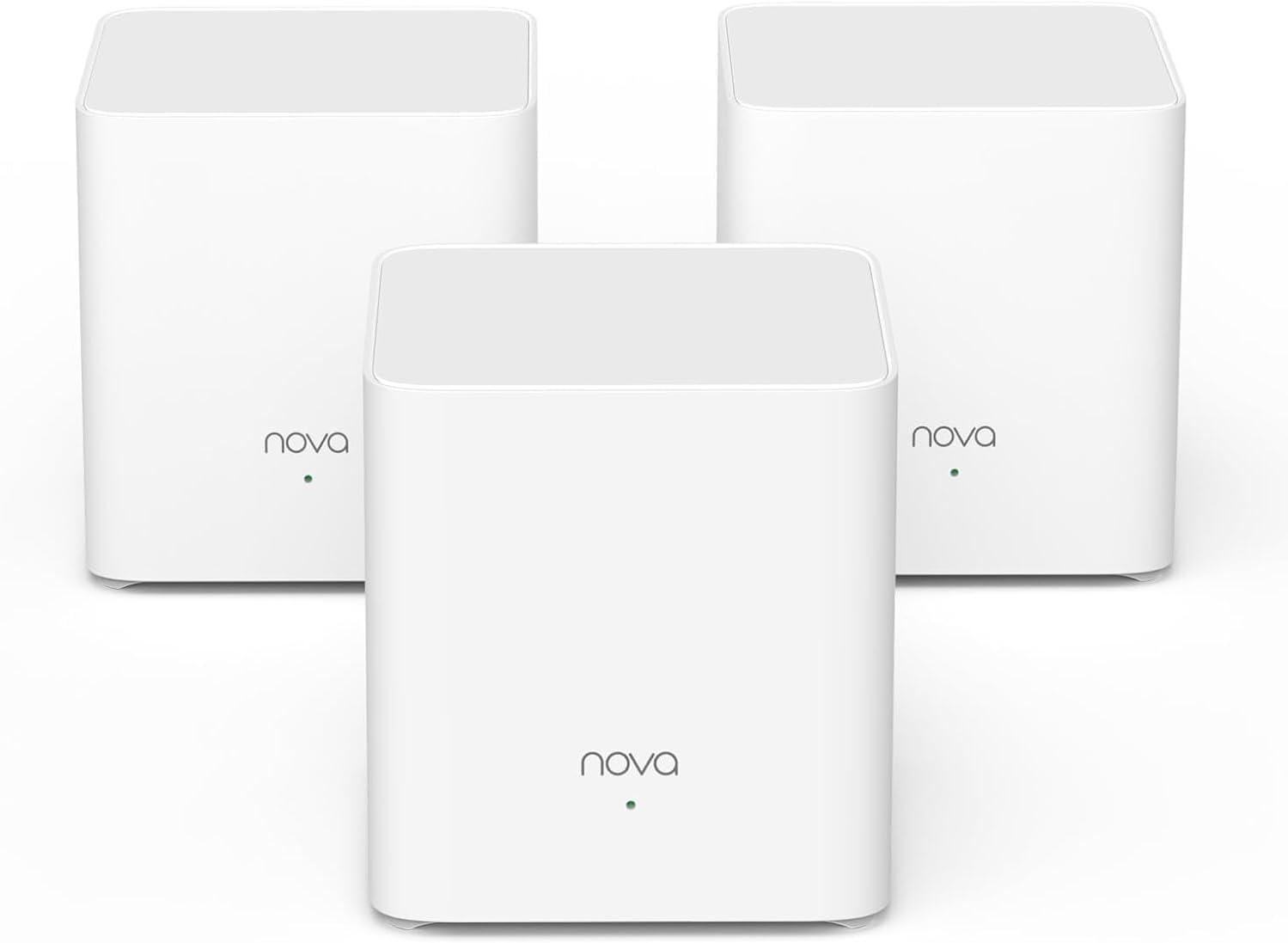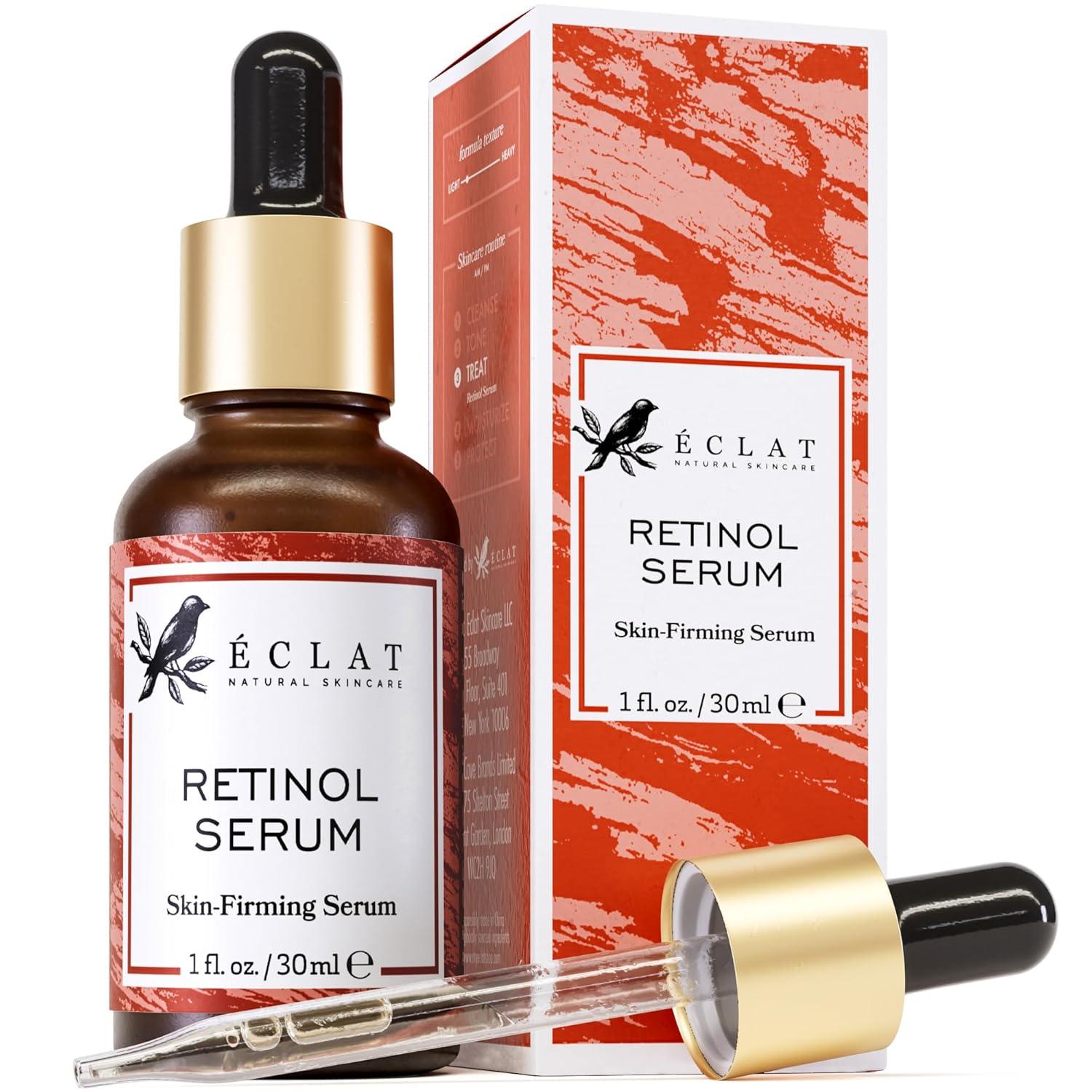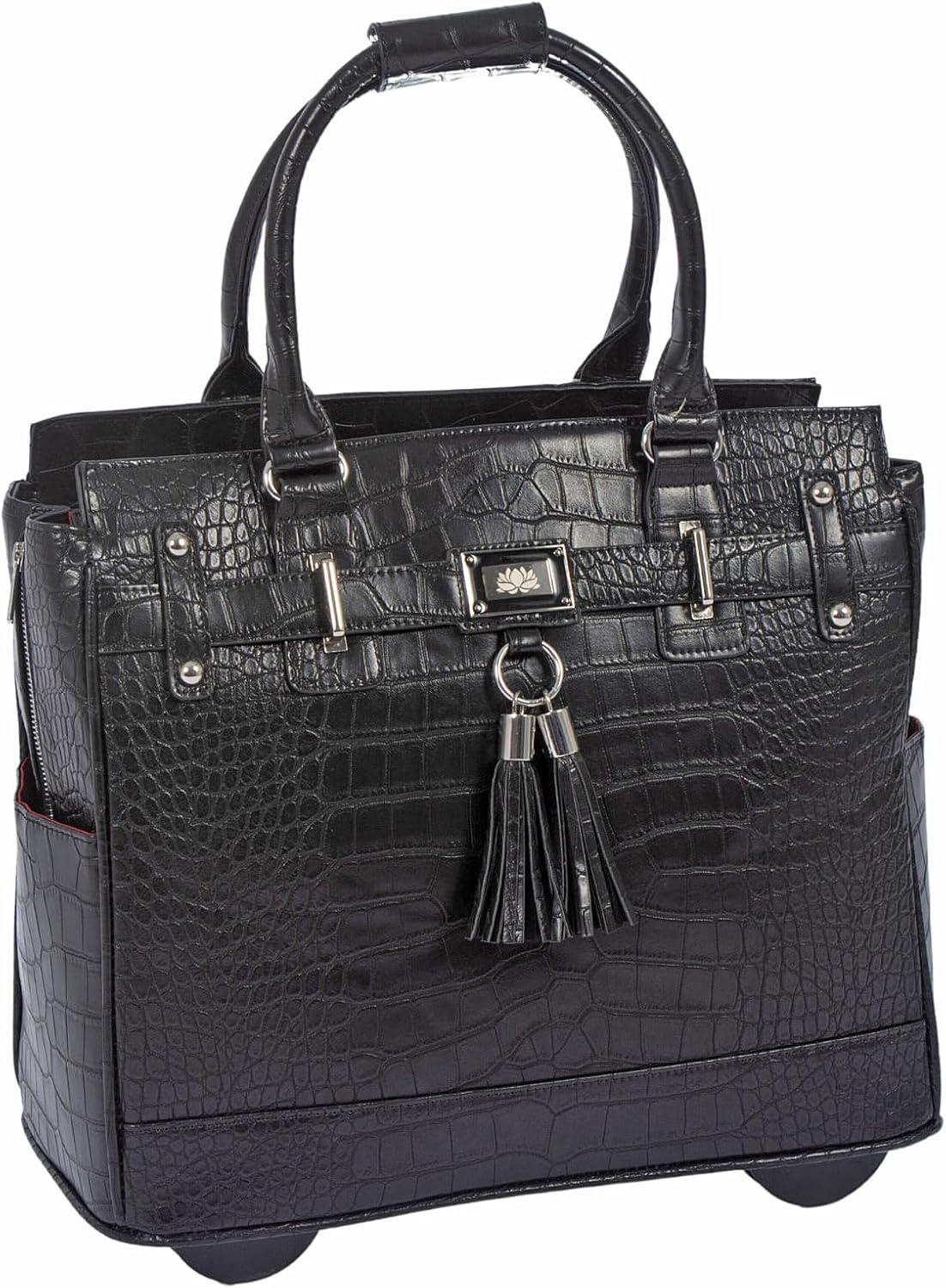
Price: $29.98 - $22.78
(as of Apr 06, 2025 03:44:21 UTC - Details)
When is the Best Time to Plant Bell Peppers? A Comprehensive Guide
Introduction
If you're looking to grow bell peppers, understanding the best time to plant them is crucial for a successful harvest. Bell peppers are not only delicious but also packed with nutrients, making them a great addition to your garden. In this article, we’ll explore the optimal planting times for bell peppers, key factors that affect their growth, and tips to ensure your plants thrive. With the right timing and care, you can enjoy a bountiful crop of these colorful vegetables. So, let’s dive into the details of when to plant bell peppers and how to care for them effectively!
Understanding Bell Pepper Growth
What are Bell Peppers?
Bell peppers, also known as sweet peppers, are a popular vegetable that comes in various colors including green, red, yellow, and orange. They thrive in warm climates and are typically grown as annuals. Knowing when to plant bell peppers can significantly impact your yield and the quality of the peppers.
Why Timing Matters
Timing is essential for growing bell peppers because these plants are sensitive to temperature. They prefer warm soil and air conditions. Planting them too early or too late can result in poor growth or even plant failure. Therefore, understanding the local climate and frost dates is vital for successful cultivation.
When is the Best Time to Plant Bell Peppers?
Starting Indoors: Timing is Key
One effective strategy for growing bell peppers is to start them indoors. This allows you to get a head start on the growing season. The best time to sow bell pepper seeds indoors is about 8 to 10 weeks before the last expected frost date in your area. This means you’ll need to check your local frost dates to determine the exact timeframe.
Transplanting Outdoors
Once the seedlings have grown strong and the frost danger has passed, it's time to transplant them outdoors. The ideal outdoor planting time for bell peppers is typically in late spring when the soil temperature reaches at least 65°F (18°C). This warmth encourages healthy growth and fruit production.
Factors That Influence Planting Time
Local Climate Conditions
The climate in your area plays a significant role in determining the best time to plant bell peppers. Warmer regions may allow for earlier planting, while cooler climates may require you to wait longer. Always consider local weather patterns and averages when planning your planting schedule.
Soil Temperature
Soil temperature is another critical factor. Bell peppers thrive in warm soil, so it’s essential to ensure that the soil has warmed sufficiently before planting. You can use a soil thermometer to check the temperature. If the soil is too cold, your peppers may struggle to grow.
Frost Dates
Knowing the last frost date in your area is crucial for successful bell pepper cultivation. If you plant too early and a late frost occurs, your young plants could be damaged or killed. Research local gardening resources or consult with local gardeners to find out the average frost dates in your region.
Tips for Planting Bell Peppers Successfully
Choosing the Right Variety
Different bell pepper varieties have varying growth rates and resilience to temperature changes. Selecting a variety that suits your local climate can make a significant difference in your success. Consider popular types like California Wonder or Bell Boy, known for their adaptability and high yields.
Preparing Your Garden Bed
Before planting, prepare your garden bed by ensuring it has good drainage and is rich in organic matter. Bell peppers thrive in well-draining soil that is high in nutrients. You can amend your soil with compost or well-rotted manure to create a fertile environment.
Planting Technique
When planting bell peppers, space them about 18 to 24 inches apart to allow for adequate air circulation and growth. Plant them at the same depth they were growing in their pots, and water them thoroughly after planting.
Watering and Fertilizing
Bell peppers need consistent moisture, especially during their growing period. Water them regularly, but avoid overwatering, which can lead to root rot. Additionally, using a balanced fertilizer can help promote healthy growth and improve fruit production.
Troubleshooting Common Issues
Pests and Diseases
Bell peppers can be susceptible to various pests and diseases. Keep an eye out for aphids, spider mites, and fungal infections. Implementing preventive measures, such as crop rotation and using organic pest control methods, can help keep your plants healthy.
Environmental Stress
Extreme temperatures, whether too hot or too cold, can stress bell pepper plants. If the weather is unusually hot, consider providing some shade during the hottest part of the day. Conversely, if there’s a sudden drop in temperature, using row covers can help protect your plants.
Conclusion
In summary, the best time to plant bell peppers involves starting seeds indoors about 8 to 10 weeks before the last frost date and transplanting them outdoors when the soil temperature is warm enough. Understanding your local climate, soil temperature, and frost dates will help you determine the optimal planting time. With the right care, you can enjoy a fruitful harvest of bell peppers. Happy gardening, and may your bell pepper plants thrive!
With this comprehensive guide, you now have the knowledge needed to successfully grow bell peppers. Remember, timing is everything in gardening, and with a little patience and care, you can enjoy the delicious rewards of your hard work!
Two (2) large live plants – big, healthy, ready to grow, premium pepper plants, 4” to 8” tall plants, in 4” pots. NON GMO No Neonicotinoids
These super-hot peppers rank 300K to 475K on the Scoville Scale! With twice the heat of ordinary habaneros and 80 times hotter than a jalapeno. they bring a fruity, smoky accent with a floral aroma to salsas, marinades, and spicy dishes
Handle with care! Every part of this plant is hot, wear gloves when handling and avoid touching the eyes or nose. These peppers can be harvested at all stages. and get hotter as they go from green to orange to red
Grown in the Midwest. Plant in any US Zone. Plant in containers, small spaces, balconies, patios or large gardens. Benefits from caging or staking. Treat as a tender annual in Zones 9 and colder
Careful Packaging. Your fresh plants arrive quickly in our exclusive, eco-friendly, 100% recyclable box. 100% Satisfaction Guarantee. Includes our Clovers Garden copyrighted Quick Start Planting Guide
